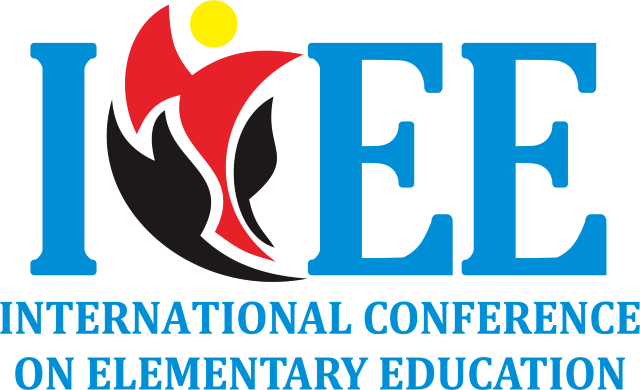Author Guidlines
- Articles submitted to the conference should be accompanied by an abstract of not more than 150-200 words, The abstract describes problems, objectives, methods, results, and conclusions. with the font size 9.
- On the abstract, explicitly write in bold: Introduction, objective of the papers, method, findings, and conclusion.
- Below the abstract, about three to five keywords should appear together with the main body of the article with the font size 9.
- Articles should be written in English in single space, using Microsoft Word, font size 10 (Subtitle) and font size 10 (desciption of subtitle), Century Gothic ,top, left, bottom and right margin 2.5 cm, printed in A4.
- For research-based articles, the outline used is: introduction (without heading or subheading), method, findings and discussion, conclusion, and references.
- Title Capitalize Each Word, Century Gothic (CG) 14, Bold, Justify Alignment
- The introduction should should be presented in the forms of paragraphs, not pointers.
- The method section Describe the methods/designs/procedures used in the study. Equipped with an exposure to the research site in general, and research subjects in detail.
- The Result and discussion section consist of description of the results of the data analysis to answer the research question(s) and their meanings seen from current theories and references of the area addressed.
- The conclusion section consists of the summary, restatement of the main findings.
- Use only horizontal lines when using tables. Put table number and the title of the table on top of it.
- Every source cited in the body of the article should appear in the reference, and all sources appearing in the reference should be cited in the body of the article.
- The sources cited should at least 80% come from those published in the last 10 years. The sources cited are primary sources in the forms of journal articles, books, and research reports, including theses and dissertations.
- Citation is done using bracket (last name and year of publication). When the sources are cited verbatim, page number is included.
- Proofs will be sent to the author for correction, and should be returned to icee.event.upi.edu by the deadline given.
- Quotation and references follows APA style and the latter should be included at the end of the article in the following examples:
References
APA Standard; Century Gothic, 10pt, single space
Journal Papers
[1] Leung, C. K-S, Khan Q.I., Li, Z., and Hoque, T., “CanTree: A Canonical-Order Tree for Incremental Frequent-Pattern Mining,” Knowledge and Information Systems 11 (3), 287–311 (2007).
Conference Proceedings Papers
[2] Pei, J., Han, J., Lu, H., Nishio, S., Tang, S., and Yang, D, “Hmine: Hyper-Structure Mining of Frequent Patterns in Large Databases,” In the Proceedings of IEEE International Conference on Data Mining, IEEE Press, 441–448 (2001).
Book
[3] Han, J., Kamber, M., and Pei, J., “Data Mining: Concepts and Techniques, 3rdedition,” Morgan Kaufmann, 2011.
Book Chapters
[4] Tanbeer, S.K., Chowdhury, F.A., Jeong, B.S., Lee, Y-K., ”CP-Tree: A Tree Structure for Single-Pass Frequent Pattern Mining,” In T. Washio et al. (Eds.), Lecture Notes in Artificial Intelligence 5012, Springer, 1022–1027. (2008).
Online
[5] FIMI Dataset Repository, http://fimi.cs.helsinki.fi/data/ Retrieved 09 August, 2011.
Thesis
[6] Williams, J., “Narrow-band analyzer,” Ph.D. dissertation, Department of Electrical Engineering, Harvard University, Cambridge, MA, 1993.
Patent
[7] J. P. Wilkinson, “Nonlinear resonant circuit devices,” U.S. Patent 3 624 12, July 16, 1990.
Appendix
Appendixes, if needed, appear after Reference.









